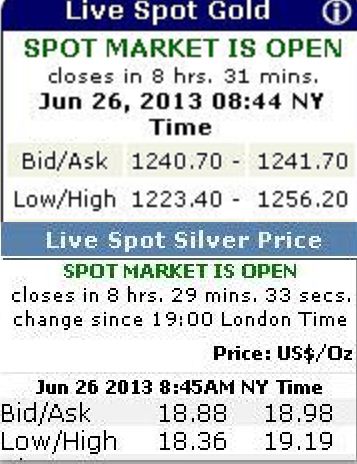
Gold coinage was still used widely in the Byzantine Empire in the east, but in the early Middle Ages, copper-based coinage became common for small-scale trading in the west. With the collapse of the Roman Empire, Western Europe lost much of its ability to maintain complex infrastructure (such as gold mines, mints, or the trade routes that could circulate the metals). Political leaders favoured coins because they could control their production, and therefore circulation.Ĭredit: eestellez via Freepik Middle Ages: The Rise of the Silver Coin As global trade evolved between Europe, Africa, and Asia, coinage became essential thanks to its portability and durability.


The first pure gold coin was minted in the kingdom of Lydia (in modern-day Turkey) around 650 to 600 BC. It quickly became the standard medium of exchange for international trade. It wouldn’t be until around 1500 BC that the ancient Egyptians created the shekel, a coin made from a natural alloy of gold and silver called electrum. These materials made it easy to trade, repay debts, and give gifts. Around the world, materials like cowry shells, mother-of-pearl, amber, copper, beads, and lead served as currency. Given the limitations of the barter economy, early humans quickly turned to materials that were rare in nature and could be controlled as a medium of value. Humans have thrived because they work together rather than try to be self-sufficient. There has always been a need for materials that functioned as a medium of value. Ancient Civilization: The Invention of Currency From the earliest days of civilization, it’s clear that humans highly prized this metal for its colour, durability, and scarcity. At first, gold was likely found in small quantities in streams and rivers. The earliest archaeological finds date back to 4000 BC in Eastern Europe, and for the first couple thousand years of its history, it was used largely to make jewellery and religious idols. Gold has fascinated humanity for thousands of years.

If you’re interested in buying bullion in Canada, it helps to know what historical factors have affected prices and understand how the relationship between bullion and fiat currency evolved out of historical contexts. We’re going to take a look at the millennia-old history of bullion, gold bullion price history, and a more modern gold and silver price history in the late 20 th and early 21 st centuries. Nevertheless, it still retains an important role in investment portfolios based on its history as a store of value. The silver price in Canada and around the world is considerably more influenced by consumption and industrial demand, and prices are going up based on factors like increased solar panel production. Even when it’s used in jewellery, it can still be recycled back onto the market. Gold is a commodity, placing it in the same asset class as things like oil, lumber, soybeans, and coffee – things that ultimately get consumed. It’s impossible to understand the value of precious metals today without looking at their past. The history of precious metals is a long one, and it’s a story that’s closely intertwined with the evolution of money and the growth of human civilization itself.


 0 kommentar(er)
0 kommentar(er)
